1 in 3 (30%) of women and girls are affected by domestic abuse globally, which is 736 million women around the world.
The fact that this number not only exists in the first place, but also has been growing over the past 3 years, means we need to talk about this, bring awareness to others, and take action now.
If you think or know someone who is a victim of domestic violence, you may be feeling lost as to help them. That’s not unusual, especially if your life was not affected by it. However, you don’t have to be afraid of saying the wrong thing to stop you from reaching out to help. When you wait to say the right thing, it ends up keeping you from the opportunity to make a real difference.
Loneliness, isolation, and fear is the world domestic violence victims live in. When you reach out and let them know you are there to support them, it can provide monumental relief.
It begs the question however—what exactly can you do?
Below are a few actions you can take to help women in need.
Common Signs, Traits, Actions of Abuser and Victim
Signs, Traits, Actions of an Abuser:
- Hyper eagle-eyed, needing to know where the victim is every moment of the day
- Extreme jealousy
- Blames the victim for problems the abuser causes or contributes to
- Treats customer service personnel poorly and with aggression
- Actions or words that shock and make you go, “Did they just seriously do that?”, and makes you shudder or cringe
Signs, Traits, Actions of a Victim:
- Bruises that just “appear” (e.g. arms)
- Black eyes
- Split lips
- Red or purple marks on the neck
- Sprained wrists
- Low self-esteem
- Meek behaviour or over-apologizing
- Fearful responses to any mistakes made
- Sleep or eating changes
- On-edge or anxious behaviour
- Substance abuse
- Extreme symptoms of depression
- Losing interest in their favourite activities and hobbies
- Suicidal ideation
- Cancelling appointments or meetings last minute
- Often arrive late to appointments, events, etc.
- Excessive and/or unexplainable missed days from work or school
- Behavioural or pattern change, for instance, not going to their favourite yoga class
- Cutting off or limiting communication with friends and family
Please note that the above signs are potential red flags. However, it doesn’t mean that just because someone has one or two of these signs that they are necessarily a victim or abuser. For example, someone who has bruises “just appear” doesn’t mean they’re necessarily a victim of domestic abuse.
Reasons Someone Stays in an Abusive Relationship
It can be mind boggling to understand why someone would stay in a situation that is unsafe for them. You may at first want to say things such as, “Just leave,” and ask questions like “Why do you stay?” The truth is, unless you know their story, it can be hard to understand where they’re coming from when they choose to stay. Certain situations are more complicated and dangerous, and far from simply being cut and dry.
Here are some reasons why it cannot be easy for the woman or victim to leave:
- The fear of being physically harmed if they leave, for themselves and/or for others’ sakes
- They still are very much in love with their partner and may believe they will change
- Their partner may have promised to change (many times over)
- They stand by the strong marriage belief “For better or worse”
- Their belief that the abuse is all their fault
- Staying for their children
- Little to no self-confidence
- Fearing loneliness or isolation
- Pressures from community or family to stay
- No way to survive on their own (job, money, transportation)
Ways to Help Women and Victims of Domestic Violence
Validate and Believe Them: The situation is 100% about control, rather than anger. The victim is usually the only one to see the dark side of their abuser. Most of the time, people are shocked to find out a person they know could commit such a heinous act.
Victims feel like no one would believe them if they told people. That’s why you need to believe their story and tell them you believe them. Having someone who knows their truth about their struggles can bring them much-needed hope and relief. You can offer these assurances:
- I believe you
- This isn’t your fault
- You do not deserve this
Know Your Resources: You don’t have to “fix” their situation or take on their extreme feelings. What you can do is help support them and guide them toward resources if they don’t know of any, or have access to them.
Some resources you can help share include:
- Assaulted Women’s Helpline. 1-866-863-0511 (toll-free, 24/7, multilingual service available)
- On your Bell, Rogers, Fido, or Telus mobile phone. #7233
- Seniors 24/7 Safety Line. 1-866-299-1011
- Fem’aide 24/7 Support Line. 1-877-336-2433 (French only)
- Kids Help Phone. 1-800-668-6868
- Ontario 24/7 Community and Social Services Helpline. 211
- Talk4Healing 24/7 Helpline for Indigenous Women. 1-855-554-4325
- Victim 24/7 Support Line. 1-888-579-2888
Let Them Know Women’s Shelters Have Many Resources: You can be connected to counselling, legal services, toiletries, emergency funds, medical assistance, and other necessities.
Donate Money, Time, and Items Women Need: Any little way you can contribute helps 24/7, 365 days a year. Examples can include baby needs, household items, women’s hygiene items, bottled water, and canned goods. Volunteer at fundraising events or at the shelter itself. If you have spare funds you can donate to the shelter directly, it can help greatly.
Give Them Time: When you reach out to an abuse victim, make sure you have time set for them, and you are calm. When you are riled up and have a temper going, it can put you both in danger. Make sure you have enough time set so that they know you genuinely are there for them, and they can open up to you.
Start a Conversation: Start a conversation. You can say, “I’m worried about you because…” or “I’m concerned about your safety…” or “I have noticed some changes that concern me…”.
You may have noticed their clothing choices have changed to cover bruising, such as sweaters even in summer. Or maybe you noticed they were once a vocal speaker, and now they’ve become unusually quiet, even withdrawn.
Let them know your conversation is between you, and it’s discreet. Allow your conversation to happen comfortably, and don’t force them to open up. Take it slow and let them know you are there to listen and offer comfort and support.
Do Not Judge: Listen to their story without judgment, without offering advice, and without suggesting solutions. When you actively listen and give them the opportunity to speak, they’ll be more likely to tell you their story. Do ask questions to clarify, however allow them to vent their fears and feelings. You might be the first person they chose to confide in.
Validate Their Feelings: They will be feeling conflicting feelings about their partner and situation, which they may express to you. They can be:
- Guilt and anger
- Hope and despair
- Love and fear
By validating their feelings, you let them know these conflicting emotions are normal.
Some victims may not realize their abuser’s behaviour is abnormal because they have no other role models for positive relationships and they’ve become accustomed to the cycle of violence, since they may have grown up around it. Let them know that violence and abuse are not remotely a part of any healthy relationship. Tell them you’re concerned for their safety, and with no judgment, confirm their situation is dangerous.
Help Them Find Resources: Look up numbers for shelters, social services, lawyers, counsellors, and support groups. Be with them when you’re looking for these support systems and resources. You can also help them get more information on laws regarding protective orders/restraining orders and child custody.
If possible, offer to be their moral support for any visits to the police station, court, a lawyer’s office, social services, and counselling.
Encourage Creating a Safety Plan: You can share these recommendations with someone you know is at risk:
- Open your own bank account and post office box
- Leave money, spare keys, important document copies, spare clothes, and medications with someone you trust or a safe place
- Distinguish a safe place where you and (if applicable) your children can go, or someone safe who can lend money
- Leave a bag packed at a friend or relative’s house
- Pick out one or more neighbours who will phone the police if a disturbance is coming from your home
- Create a code word or signal (like turning on and off a particular light) to use with your children, family, friends, and neighbours when you need them to call 911
When to Call the Police
Call 911 immediately if you know or see active violence. If you’re seeing or hearing physical abuse happening, call the police.
Children’s safety should be a huge priority if they’re present, and under no circumstances should they be left where there is violence. Child protective services is a part of the solution, not the problem, when it comes to actively violent situations.
From all of our staff at Hopewoods, we are here for you when you need further assistance. We care about your overall health and well-being, both physical and mental. Please do not hesitate to reach out for help if you or someone you know is suffering from domestic abuse. Contact us today or book an initial consultation.

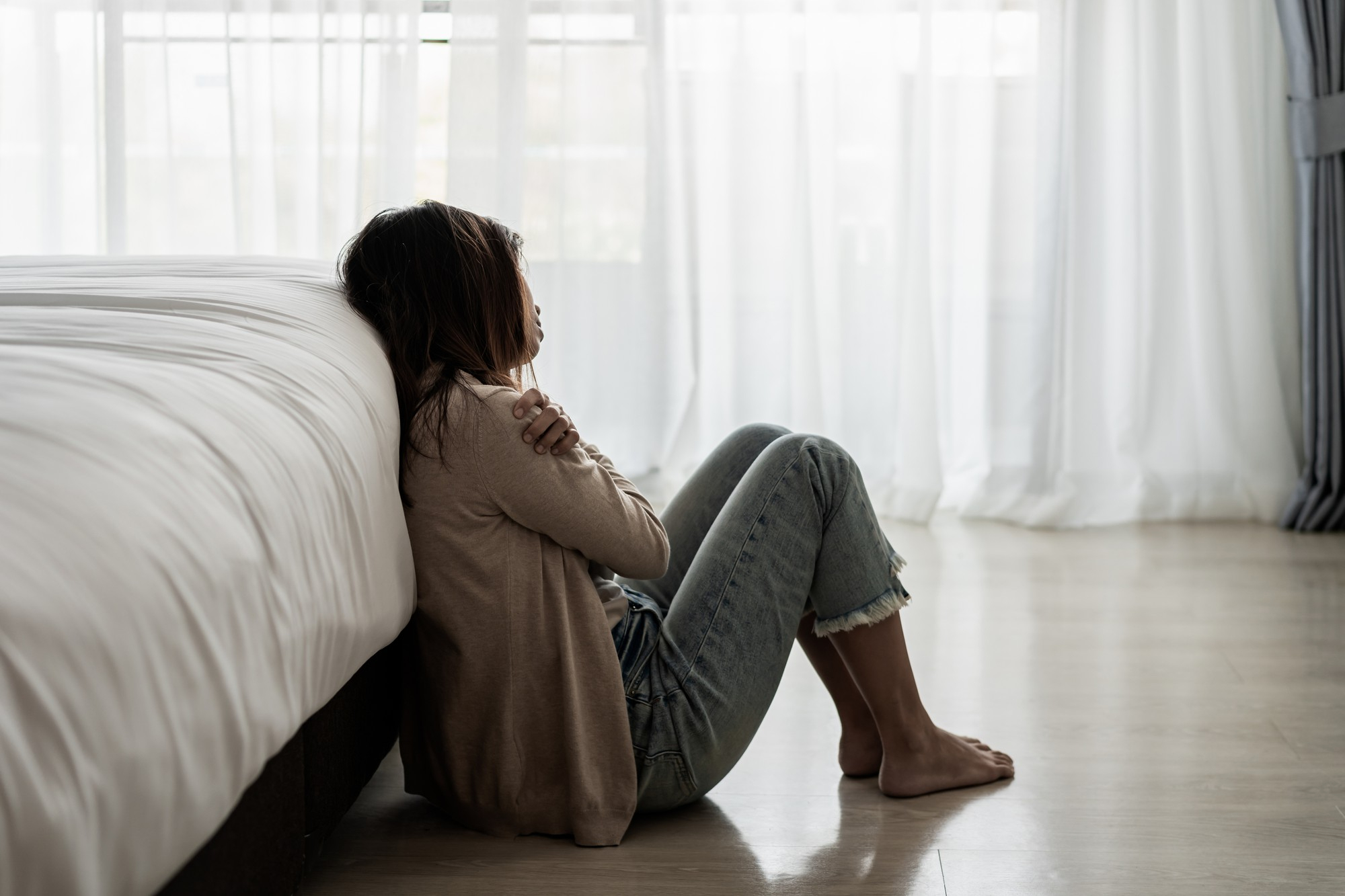

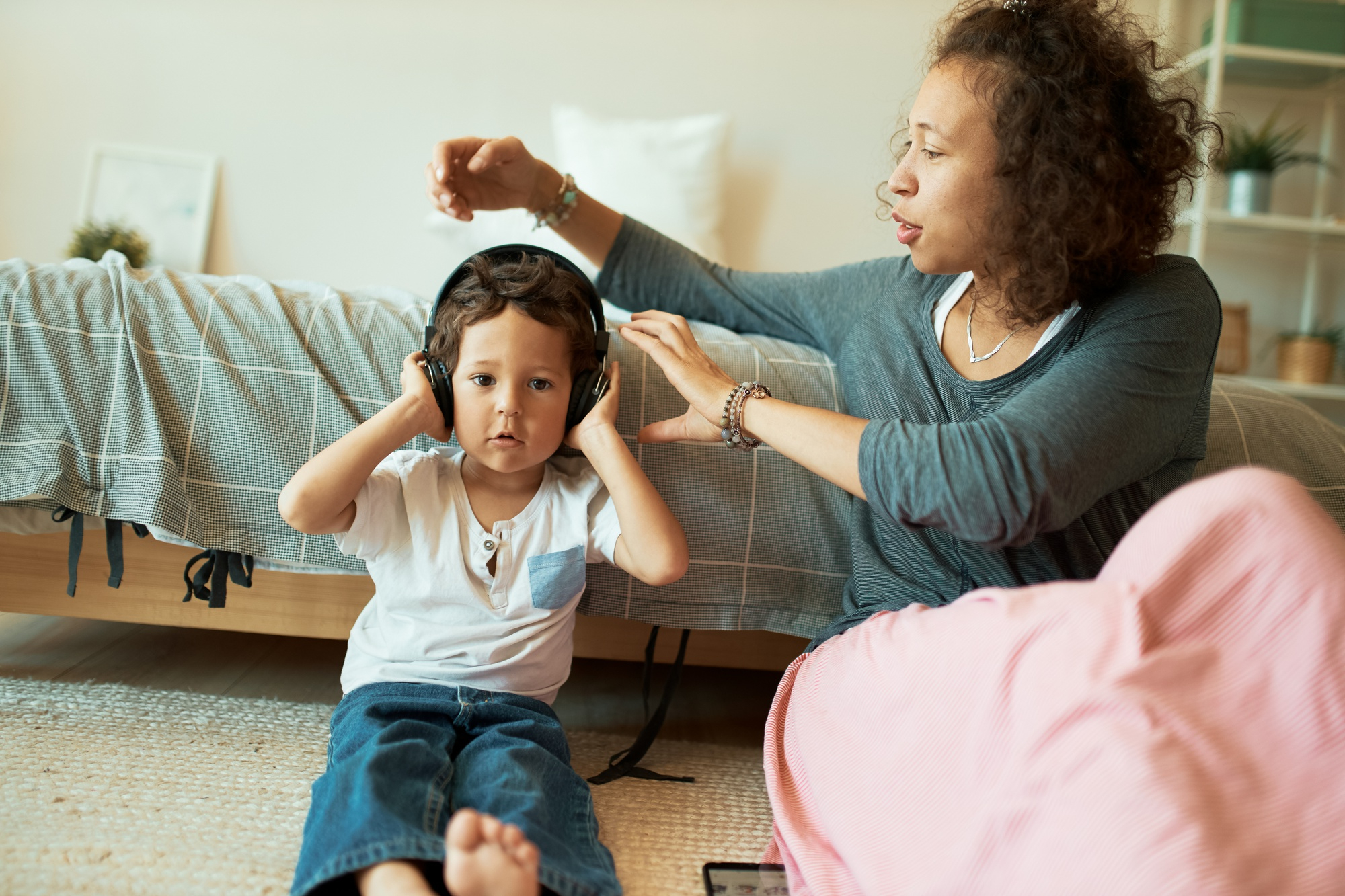
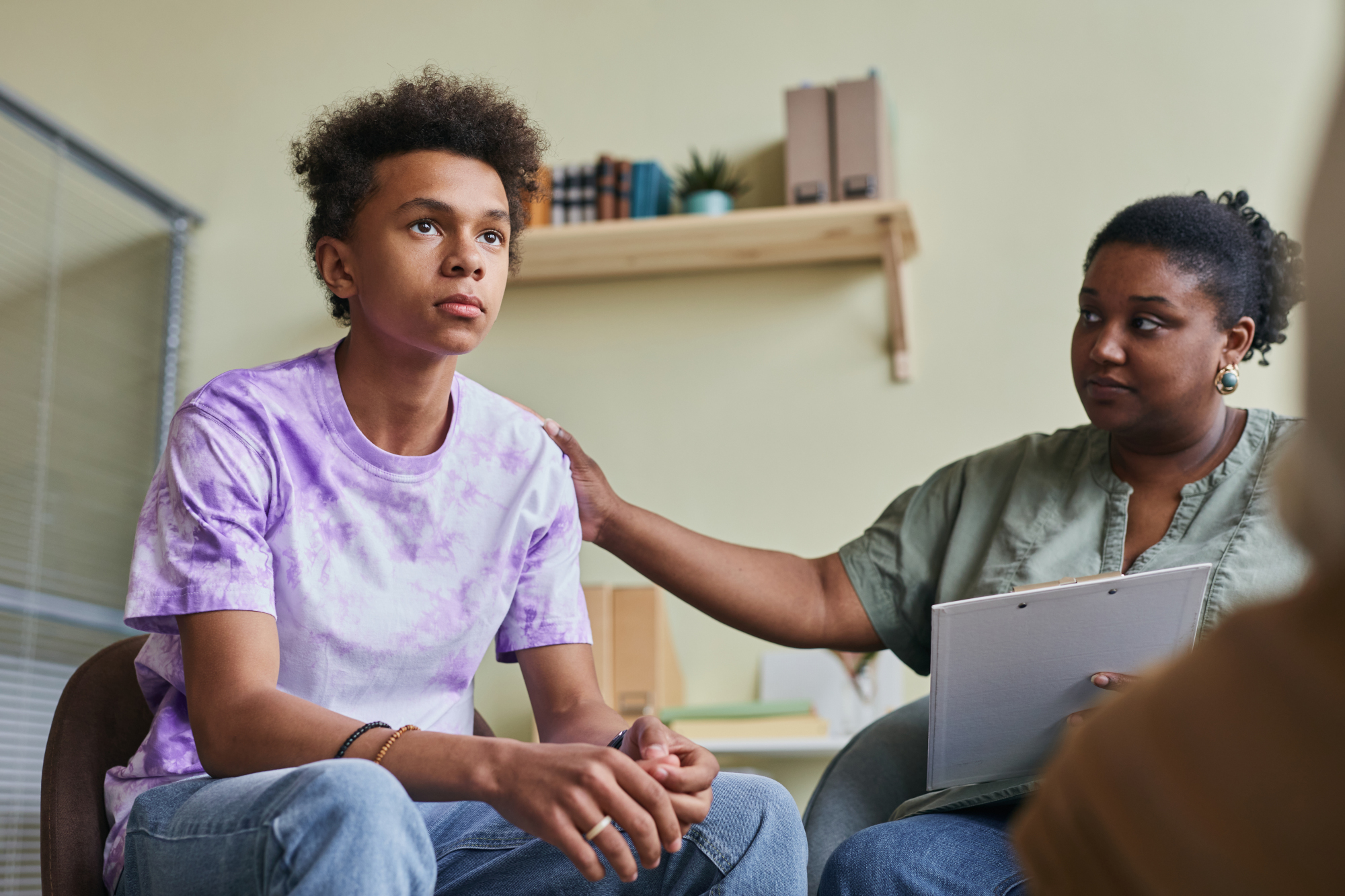
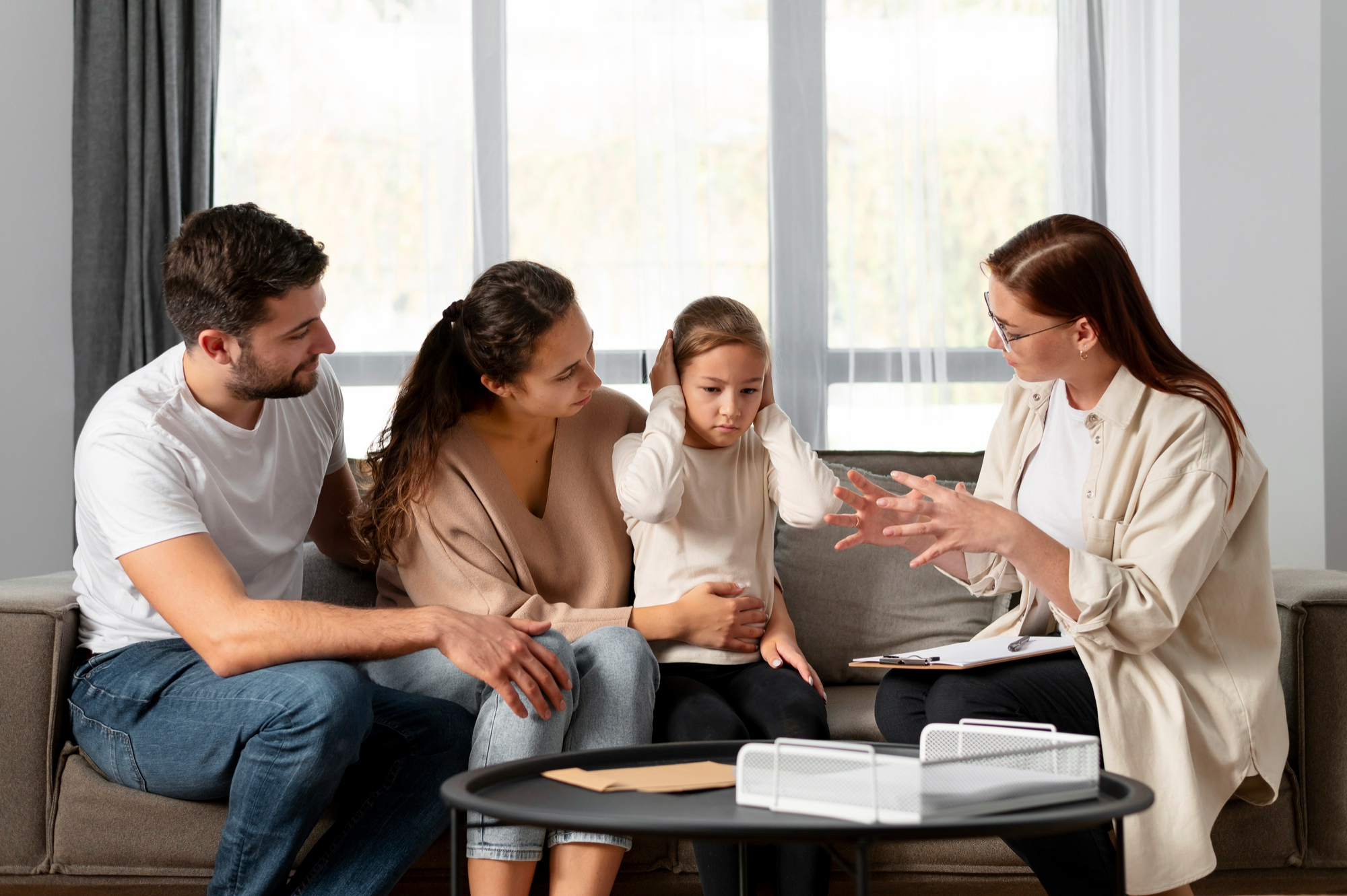
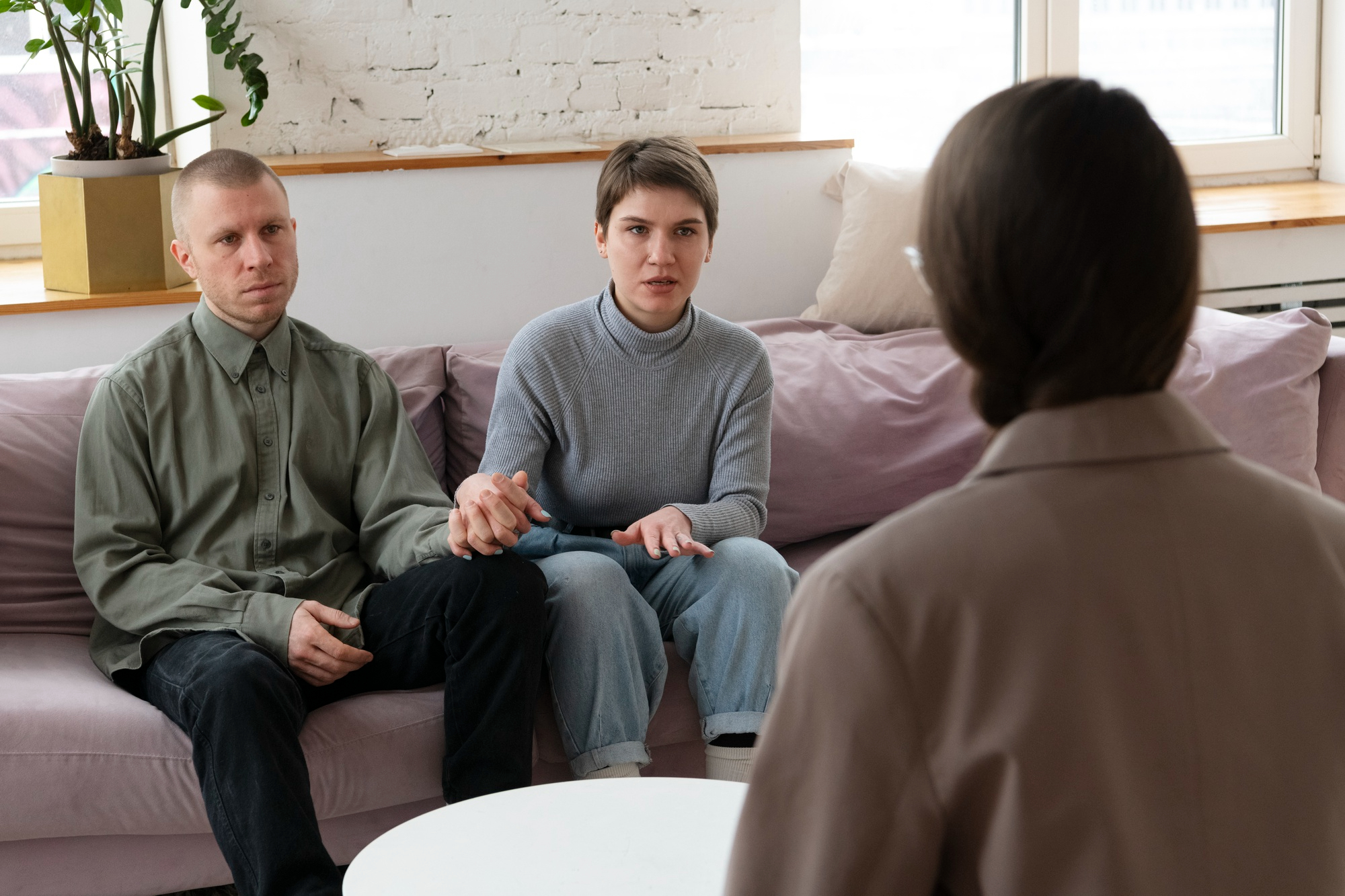


 by
by